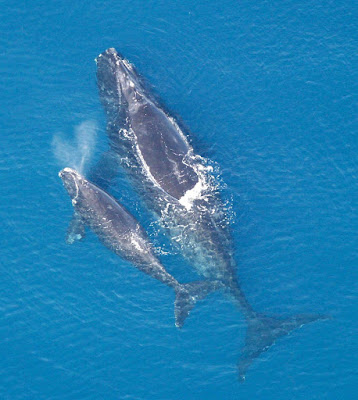Single-Use Plastics: Market Based Solutions for a Market Based Problem

Karly Lohan is a student in the Master of Coastal and Ocean Policy program at UNC Wilmington. She is a 2018 graduate of Salisbury University with a B.S. in Biology. Karly currently works for a local research based non-profit, Plastic Ocean Project, that focuses on collaborative and integrative solutions for the plastic pollution crisis. Single-use plastics were introduced into the consumer market as luxury items during post WWII and quickly became a staple in American society. Our economy and society have benefited from plastic products in lighter packaging, clothing, construction materials, transportation, medical supplies, food safety, and a variety of other uses. Plastics were marketed as a revolutionary product that saved time, energy, and money and all you had to do was toss it in the trash. Public perception changed in the 1960’s when plastic pollution was first discovered in the world’s oceans during a climate of wakening environmental activism. Studies conduc...





